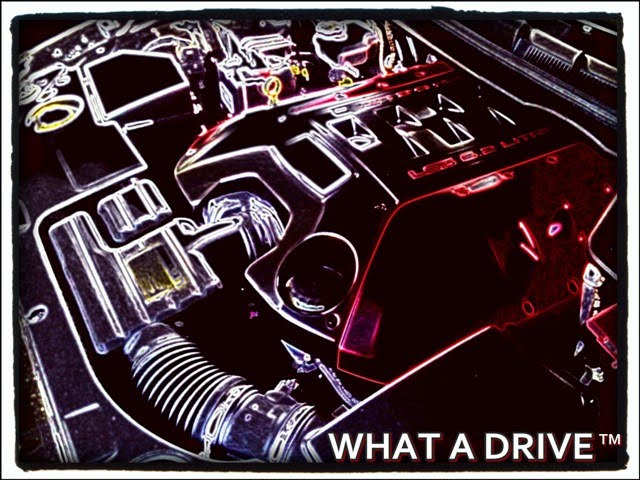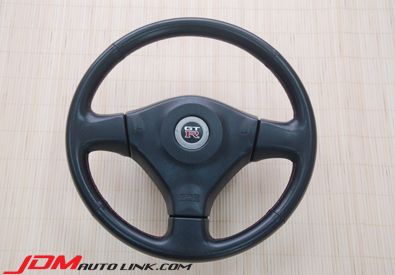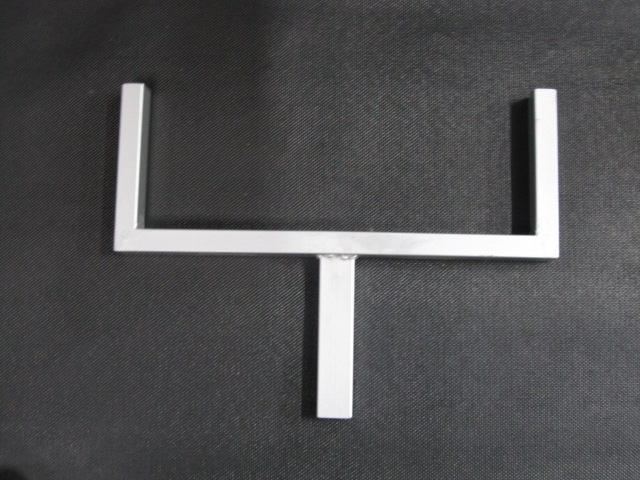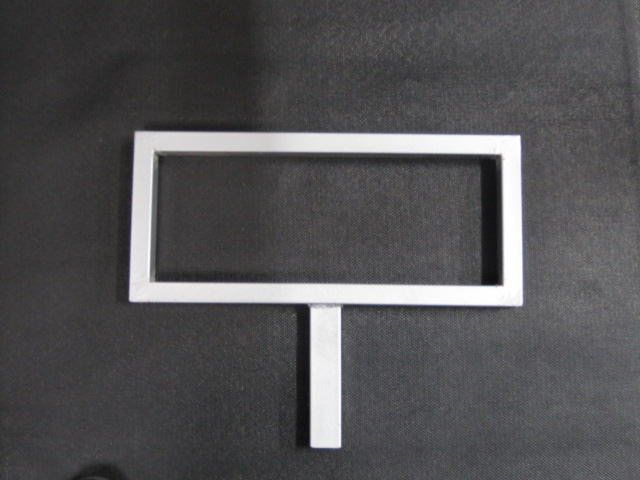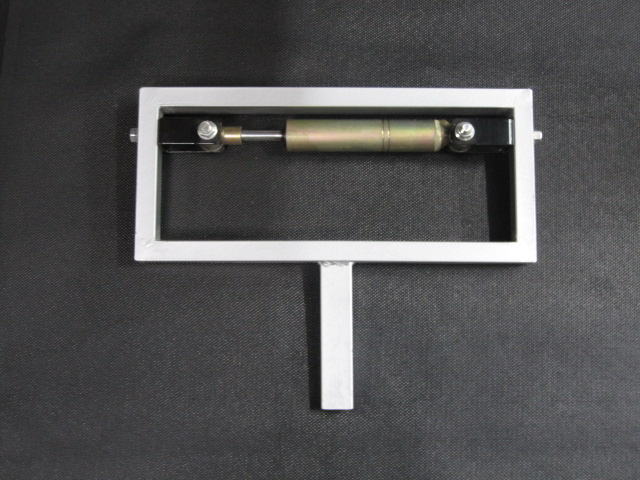Art of Speed Malaysia 2025 “Kustom Ada Gaya” will be on from 26 July 2025
(10:00 am – 7:00 pm) and 27 July 2025 (10:00 am – 7:00 pm) at MAEPS, Serdang
-
It’s that time of the year again! Malaysia’s biggest annual Kustom &
Counter Culture event returns to the Malaysia Agro Exposition Park, Serdang
(MAEPS) – ...
4 days ago
